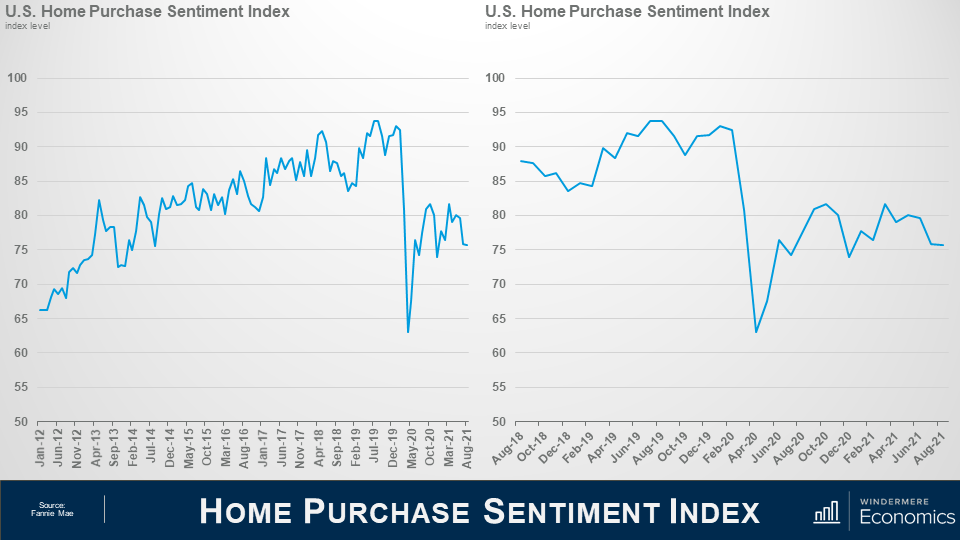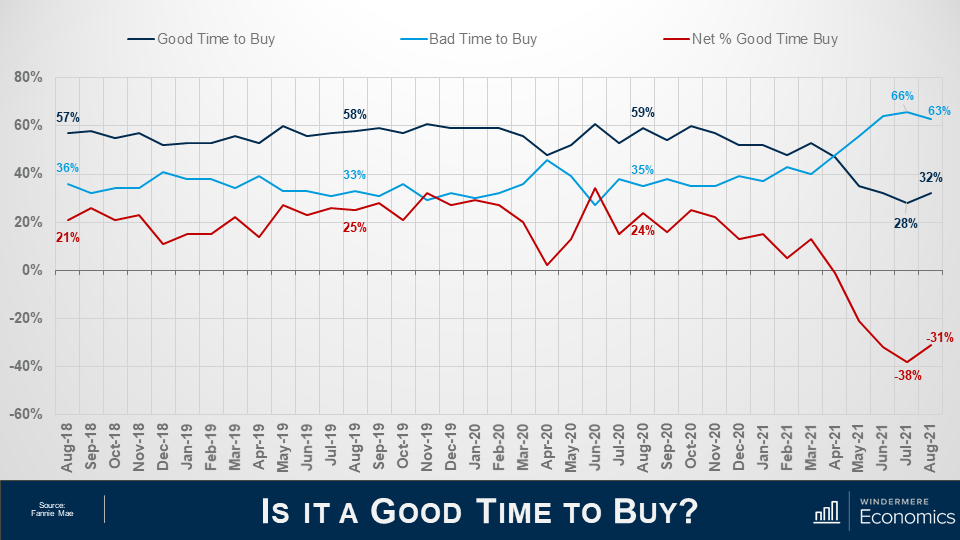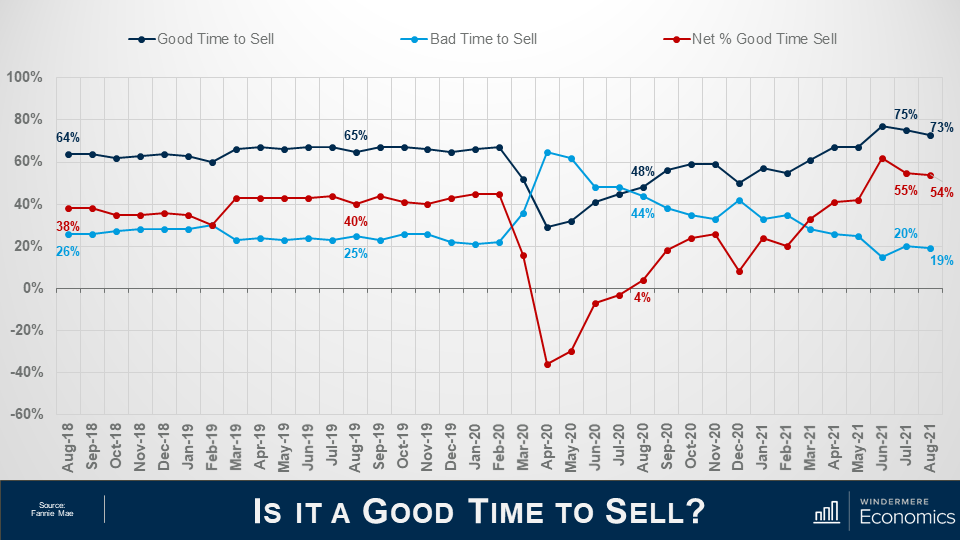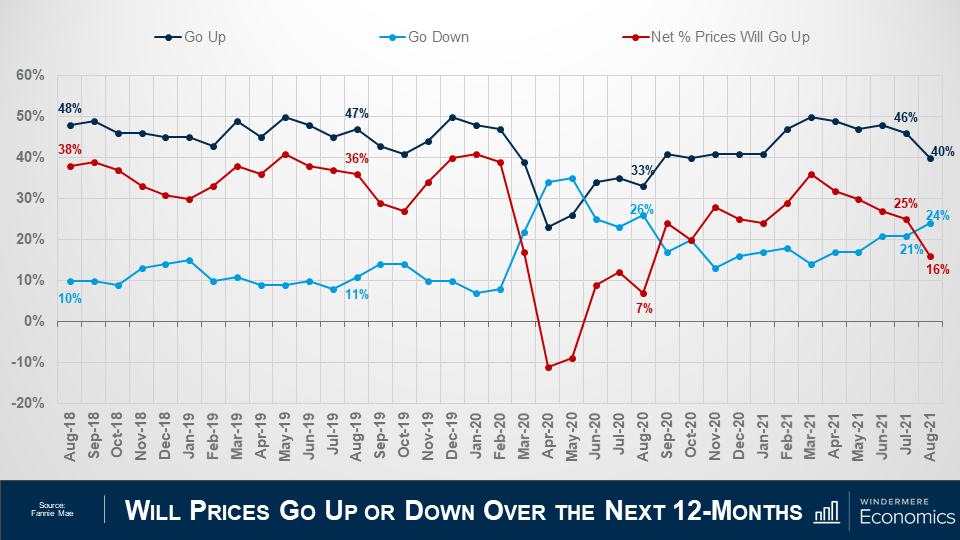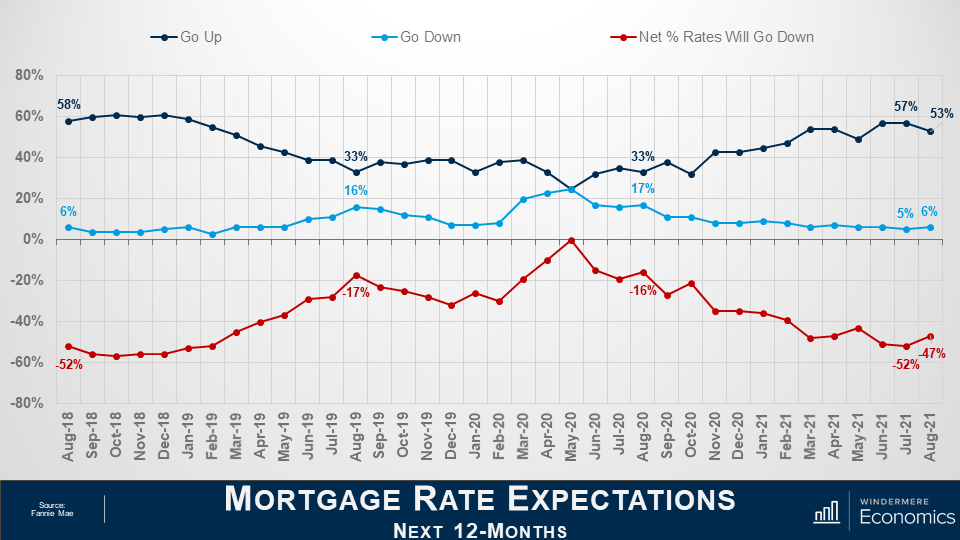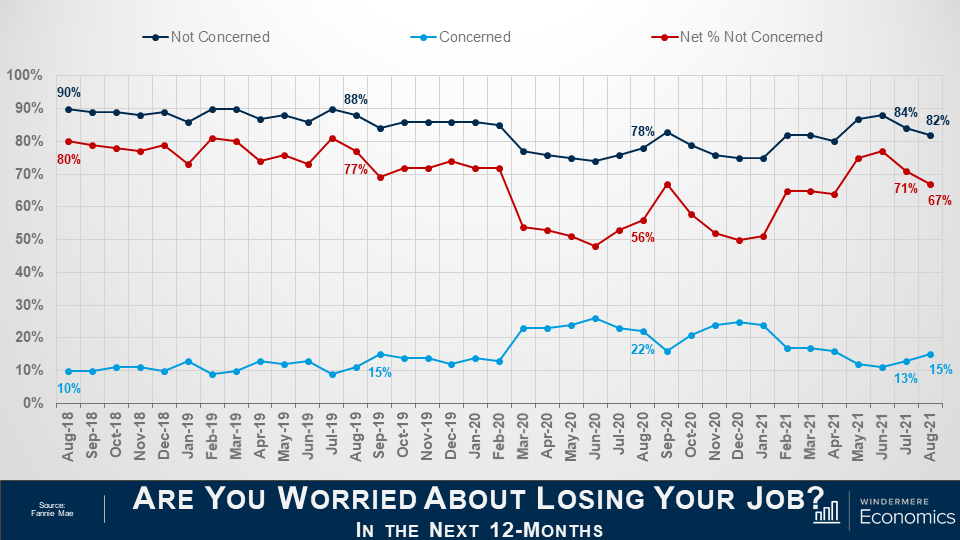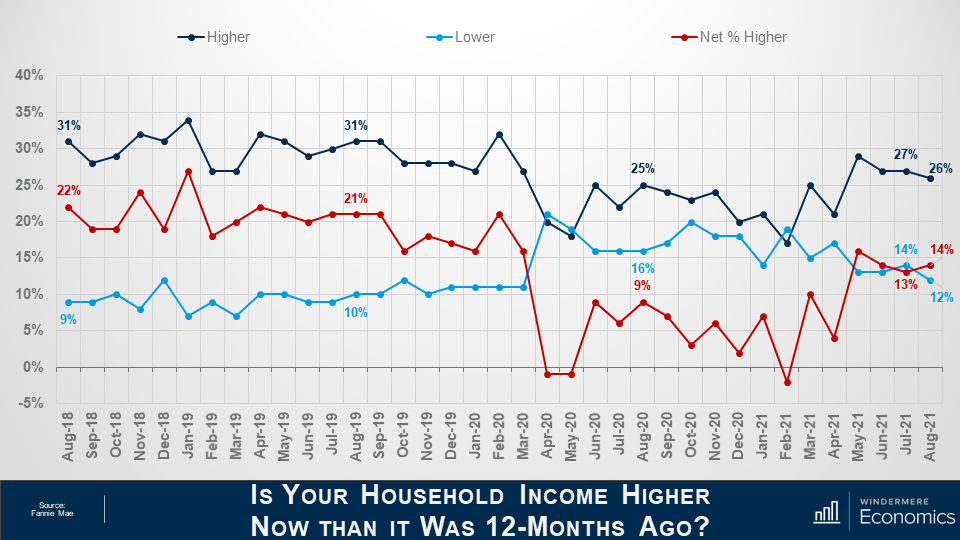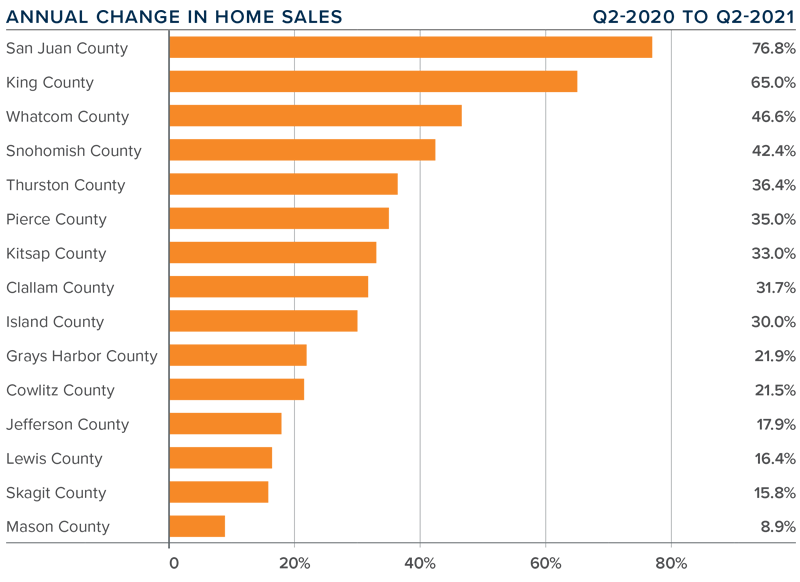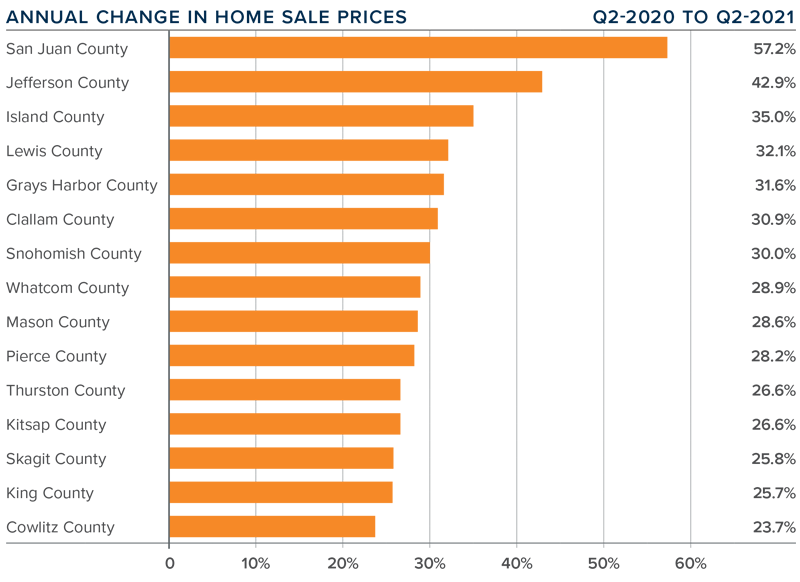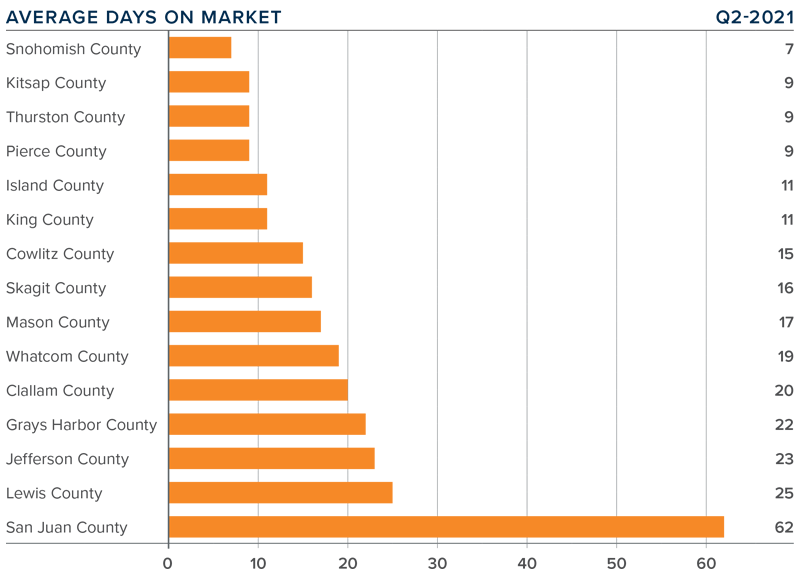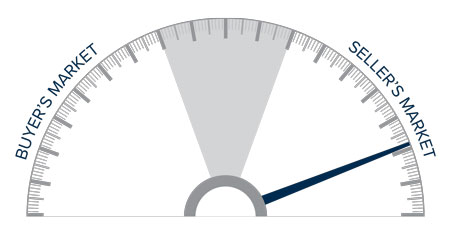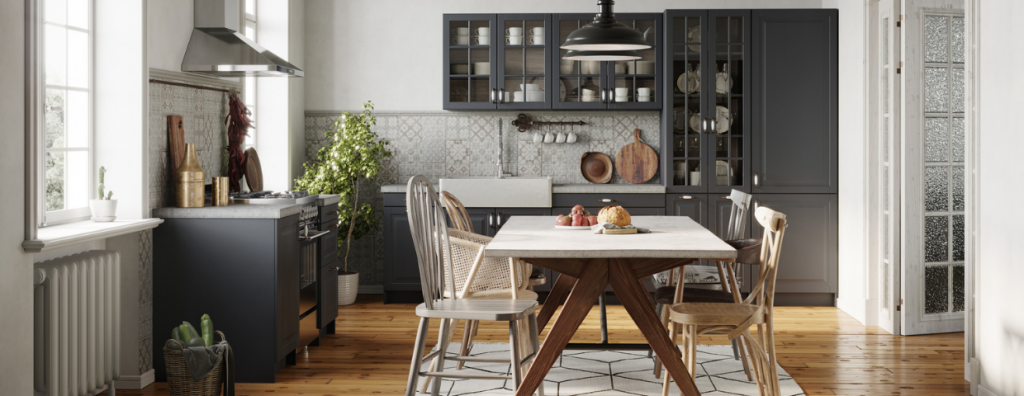
The more competitive the housing market, the greater the lengths buyers will go to to make themselves stand out amongst the competition. Making an all-cash offer is one such way a buyer can differentiate themselves. In a seller’s market, listings commonly receive multiple offers, often over their original asking price. This will typically lead to bidding wars between buyers, and all-cash offers will often enter the fold. Keep the following information in mind if you’re thinking about making an all-cash offer on a house.
Making an All-Cash Offer on a House
What is an all-cash offer?
When a buyer makes an all-cash offer, it means they have the funds available to purchase the house in a liquid account and won’t need to secure a home loan. Once the buyer has shown they have enough cash to make the purchase, they will put down an earnest money deposit. The remaining amount they owe will typically be wire transferred at a later date.
Whereas financed offers are tied to an approval process with a lender, all-cash offers are not because the buyer has already proven they have the amount required to purchase the property on-hand. This can create a less risky and more streamlined selling process, which sellers may view as favorable.
How do I make an all-cash offer on a house?
First, there’s the question of how to organize the funds you’ll use to make your all-cash offer. Though it is not required, lumping your cash together into one account may help to simplify the offer process. This way, when it’s time to show the seller a bank statement proving you have the necessary funds for the purchase, you won’t have to spend additional time tracking down money from multiple accounts.
Once you’ve found the house you’d like to purchase, work closely with your agent to formulate an offer. Knowing that you’re prepared to make an all-cash offer bodes well for negotiations. Your agent may use the guaranteed money and quick closing times as leverage for driving down the price of the offer. You’ll also be able to handpick your contingencies, which can further sweeten the deal for the seller. This may come in handy in a highly competitive market, where simply making an all-cash offer may not be enough to win out. After the offer has been agreed upon and signed by both parties, it’s on to escrow and closing. All-cash offers often lead to quick sales with short closing times. So, it may only be a matter of days before you have the deed to your new home in hand.

Image Source: Getty Images
What are the pros and cons of all-cash offers?
Pros: All-cash offers essentially cut out the middleman from the buying process, allowing you to purchase a home without intervention from a lender. You’ll also save on the closing costs that would have stemmed from securing a loan. The closing process will be shorter, which can be helpful for both buyers and sellers who are looking to move quickly. Additionally, an all-cash offer may be the antidote for navigating the challenges of a highly competitive market by increasing your buying power and giving your agent leverage when approaching negotiations.
Cons: The greatest drawback with making an all-cash offer is self-explanatory—you will have less cash available to you once the purchase goes through. This means you’ll be cutting into your reserves for the myriad of expenses that come with homeownership. Before proceeding with an all-cash offer, make sure you’ve properly budgeted for closing costs, taxes, repairs, and any remodeling projects you have in mind.
 Facebook
Facebook
 X
X
 Pinterest
Pinterest
 Copy Link
Copy Link



